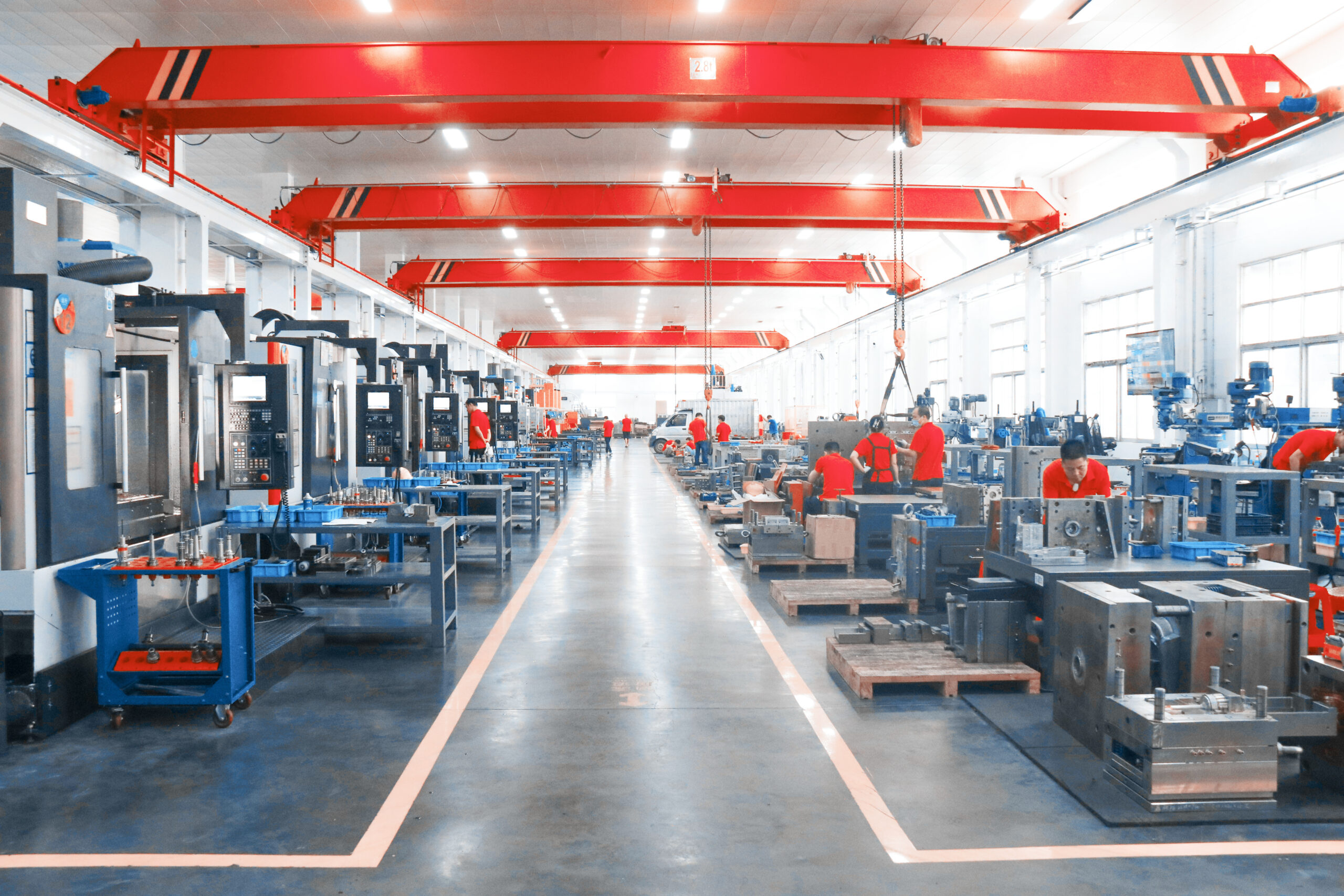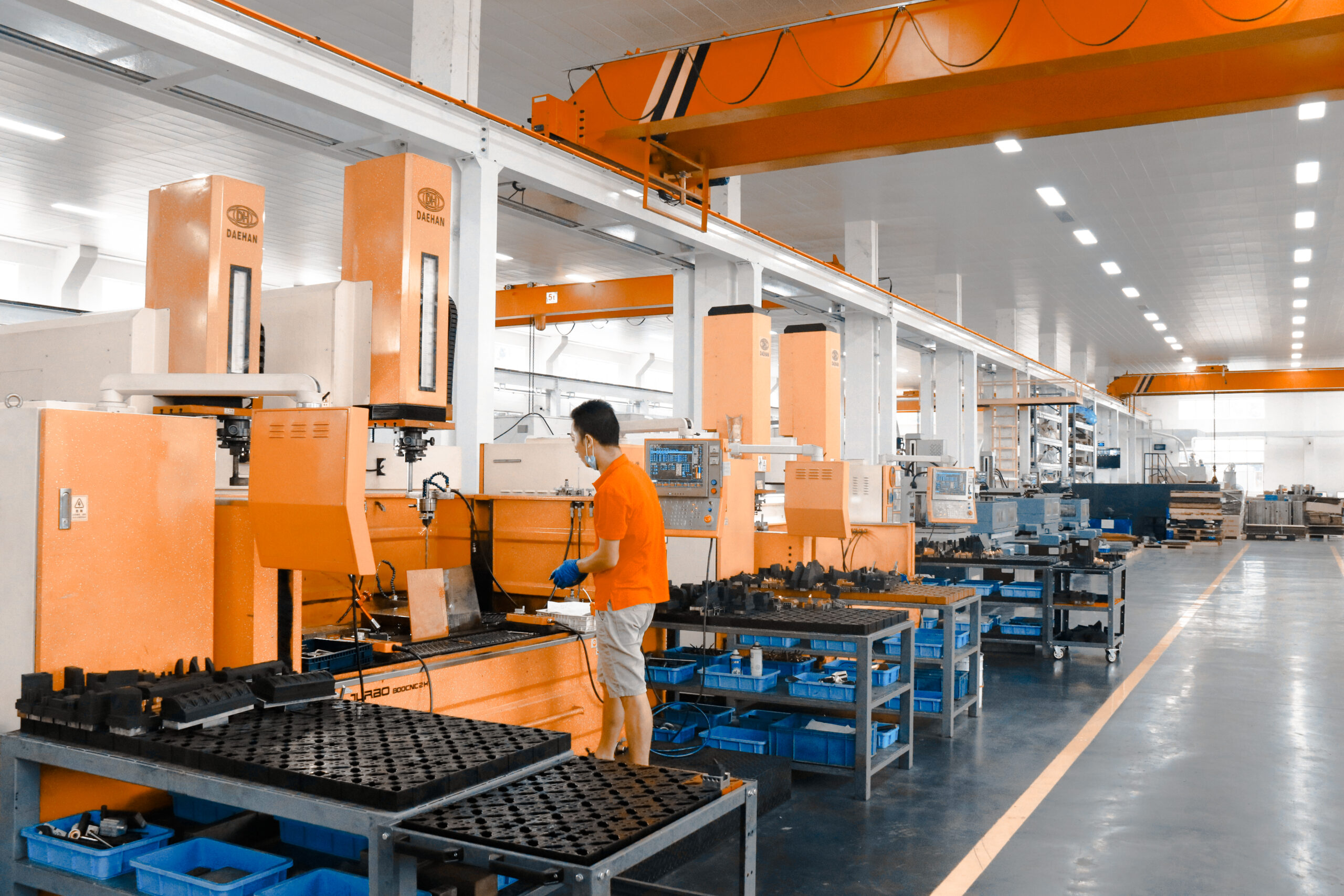
HordRT low-volume production services
HordRT is a renowned custom mold manufacturer based in China, offering a wide range of services in the field of mold making and injection molding. Our expertise encompasses the design, engineering, and production of molds for a diverse array of industries, including automotive, consumer goods, electronics, medical devices, and more.
HordRT understands that cost-effectiveness is crucial for low-volume production. We strive to optimize costs without compromising on quality, providing a competitive advantage to businesses seeking low-volume manufacturing solutions.
What is low-volume production
Low-volume production, also known as small-batch manufacturing or limited production, refers to the process of manufacturing a relatively small quantity of a product compared to traditional mass production methods. The specific quantity defining “low volume” can vary based on the industry, product type, and company, but generally, it’s significantly fewer units that what would be produced in mass production.
The term “low-volume” is relative and can range from a handful of units to a few hundred or thousand units. It typically serves specific purposes such as prototyping, market testing, meeting niche demands, or addressing specialized applications. Here are some key characteristics of low-volume production:
- Limited Quantity: The quantity of units produced is intentionally kept low, often to minimize costs, test the market, or meet a specific demand without overproduction.
- Cost-Effective for Small Runs: It’s a cost-effective solution for producing a small number of units, allowing for economies of scale without the extensive investment required for mass production.
- Flexible Manufacturing: Low-volume production is flexible and adaptable to changes in design, materials, or processes, making it suitable for prototyping and iterative development.
- Quick Turnaround: The production process is often quicker compared to mass production, enabling a faster time-to-market and quicker responses to market demands.
- Customization and Specialization: It’s conducive to customization, allowing for tailored products to meet unique customer requirements or specialized markets.
- Prototype Testing: Low-volume production is frequently used for testing prototypes and validating product designs before committing to larger production runs.
- Market Testing: It’s used to test market acceptance and gather feedback, helping businesses evaluate the demand for a product and make informed decisions for scaling production.
- Diverse Industries: Low-volume production is used across various industries, including automotive, aerospace, electronics, consumer goods, medical devices, and more.

How to process low-volume production
Here are steps to process low-volume production efficiently:
Product Design and Prototyping
1. Being with well-defined product design, considering functionality, materials, and manufacturing feasibility.
2. Create prototypes to validate the design, make necessary adjustments, and finalize specifications.
Material Sourcing
1. Identify and source materials suitable for the product design and production volume.
2. Consider materials that are readily available, cost-effective, and meet quality requirements.
Supplier Selection
1. Choose a reliable supplier for components, materials, and any specialized manufacturing process needed for your product.
2. Evaluate supplier capabilities, quality standards, delivery times, and costs.
Manufacturing Process Selection
1. Select a manufacturing process that suits low-volume production, such as CNC machining, 3D printing, injection molding, or manual assembly.
2. Consider the complexity of the product, material properties, and cost-effectiveness of each manufacturing option.
Production Planning
1. Develop a production plan detailing the sequence of operations, production timelines, and resource allocation.
2. Estimate the number of units to be produced based on market demand and available resources.
Quality Control and Assurance
1. Implement quality control processes at each stage to ensure the production meets defined quality standards.
2. Conduct inspections, testing, and validation to identify and rectify any defects or deviations from specifications.
By following these steps, you can efficiently manage the low-volume production of your product while maintaining quality and meeting market demands.
For any new projects, please feel free to contact us!
-q4gvl4k29y4hq8j9rjpapvj0ft06fje63olt7p210i.png)


